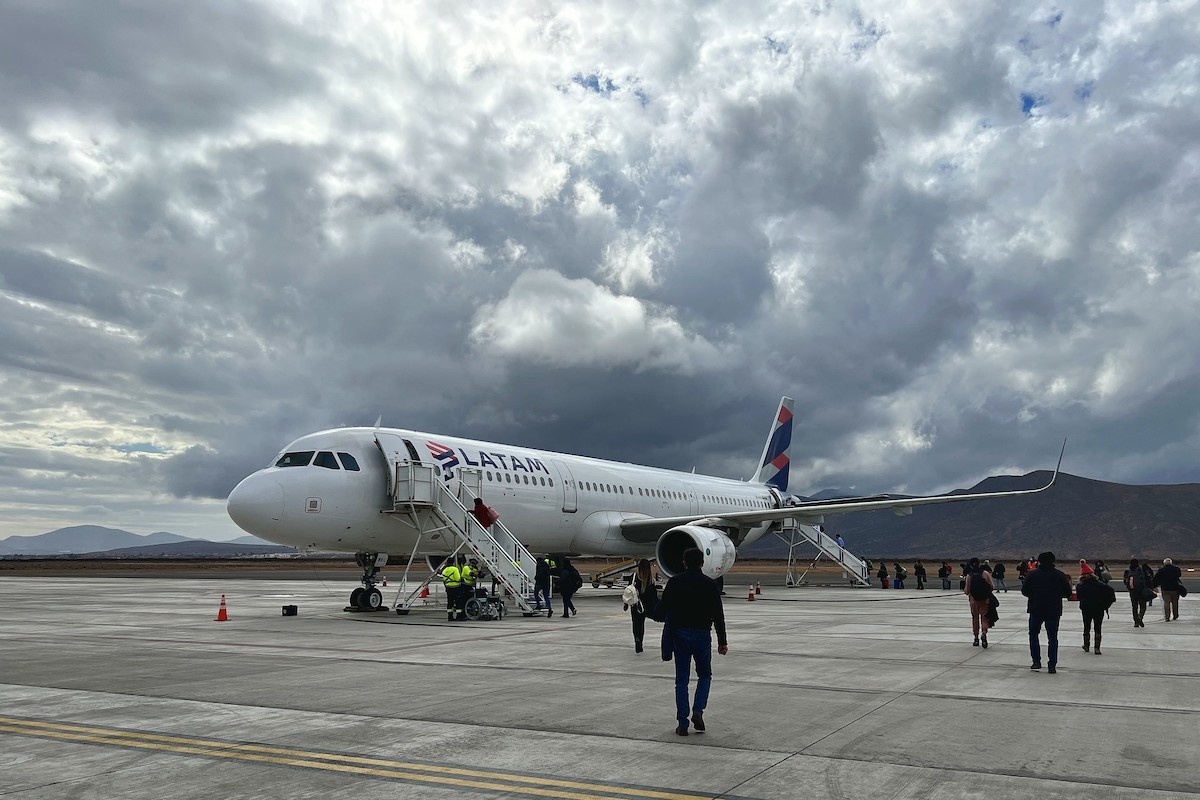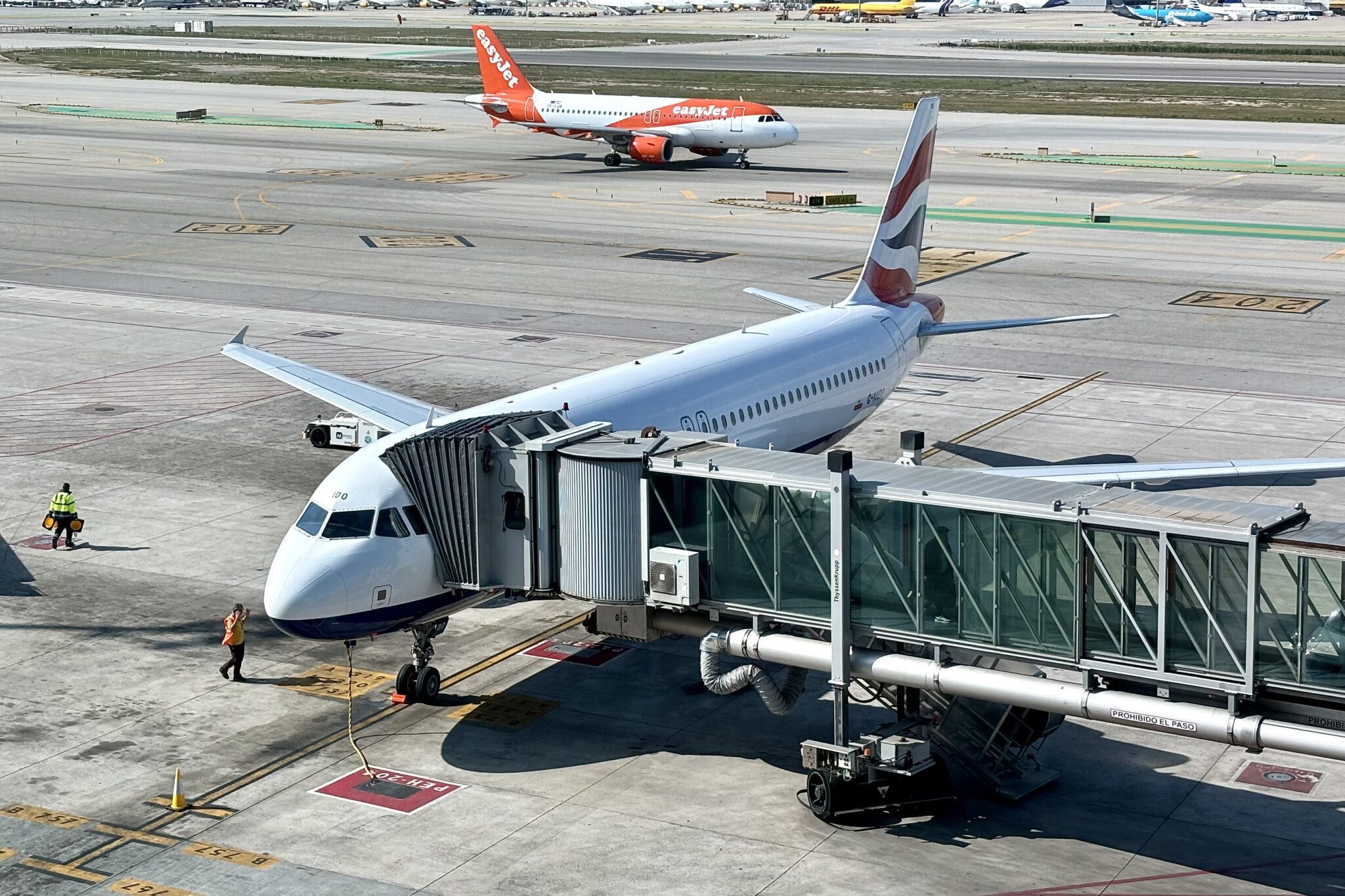South America’s largest carrier Latam Airlines Group has turned its first profit since the pandemic hit, and expects an even bigger boost from a new partnership with Delta Air Lines and its exit from bankruptcy later this year.
Travel demand is recovering faster than the Chile-based airline group forecast just a year ago. Passenger traffic at its domestic and regional — international flights within South America — business segments are expected to fully recover by year end, an updated business plan released Tuesday shows. That is, respectively, a quarter and a year earlier than previously forecast. Latam’s long-haul international business is expected to fully recover in the second quarter of 2023, more than a year earlier than the airline’s 2021 business plan.
The bullish forecast comes after Latam turned its first monthly profit since the pandemic began in July. The airline posted a $27.3 million operating profit on $896 million in revenues during the month. The airline still anticipates an operating loss for the year, but expects a full-year operating profit in 2023 with the amount surpassing $1 billion a year later.
“Pent up demand has been driving a faster recovery,” Latam said in the presentation echoing the rapid pick up in travel demand that airlines around the world have seen this year.
Travelers have surged back to the sky in Latin America as Covid travel restrictions have eased. Passenger traffic in the region was just 14 percent below 2019 levels in June, while the Brazilian domestic market — one of the largest in the world — was down just 4 percent, the latest IATA data show. This tracks with the improving fortunes outlined by many of the region’s airlines.
Both Azul and Gol cited strong travel demand in Brazil during their respective second-quarter earnings calls — seasonally the weakest quarter in South America — and improving towards the end of the year. “The demand environment has never been stronger,” Azul CEO John Rodgerson said earlier in August.
Brazil is Latam’s single largest market and one where it competes fiercely with Azul and Gol. All three have focused on adding new domestic routes to traditionally underserved smaller destinations in recent months to offer travelers more breadth in the market that is nearly evenly split between them. Latam anticipates fully recovering to its pre-pandemic capacity levels in Brazil in the September quarter.
But high inflation and energy prices have taken a bite out of Latam’s recovery plans. While demand and capacity are recovering faster than expected, unit revenues — a key metric airlines use to measure how much money they make per mile, or kilometer in Latam’s case, they fly a passenger — are expected to come in lower than previously expected in 2023 and 2024. And overall expenses are forecast to be at least $2 billion higher, driven almost entirely by higher fuel costs, this year than they were in its 2021 business plan. Expenses will remain elevated for years to come.
Latam has also shrunk its fleet plan. Instead of growing to 331 aircraft by the end of 2026, the carrier now plans to operate 326 planes by the end of 2027. Latam did not elaborate on the rational for the reduction, which could be due to capacity discipline in response to higher expenses or changes to the terms of its aircraft leases.
J.P. Morgan Latin American airlines analyst Fernando Abdalla warned in a report earlier in August that high fuel prices, and a “worsening” economic environment, could slow the growth of the region’s airlines. “Airlines are facing cost increases, especially on the fuel consumption side, in addition to declining load factors, which could be an indication that airlines have reached a ceiling on price increases and could reduce capacity to become more efficient,” he wrote.
But even with the uncertain environment, Latam is counting on at least one big boost to its intercontinental business: its joint venture with Delta. First proposed in 2019, the tie up was delayed by the pandemic, Latam’s U.S. Chapter 11 filing in 2020, and regulatory approvals. But, after U.S. authorities tentatively approved the pact in June, Latam and Delta are on the cusp of finally linking their networks across the Americas with final approval expected any day. The joint venture will allow them to coordinate schedules and fares, share revenues and expenses, and otherwise cooperate on flights between the U.S. and South America. Both expect significant financial upside from the deal in terms of additional passengers and added flying.
Planned growth — Latam and Delta have promised at least nine new U.S.-South America routes — could help them close their marketshare gap to leader American Airlines. Together, Latam and Delta will have a nearly 27 percent share of capacity in the market this year, compared to American’s 32 percent share, according to Diio by Cirium schedules. The partnership and growth would also position Latam and Delta well to compete against a long-planned joint venture between Avianca, Copa Airlines, and United Airlines in the market; the three airlines will have a 21 percent share of U.S.-South America capacity this year.
American also has plans to expand in South America with new and expanded partnerships with Gol in Brazil and JetSmart in Chile and Argentina. And, Avianca and Gol plan to merge and create the new Abra group, a European-style pan-national airline holding company, that would also include Sky Airline in Chile and Viva Air in Colombia.
Latam, following the approval of its restructuring plan in June, plans to exit bankruptcy in the fourth quarter. Delta, as well as Qatar Airways and the Cueto family, will be major shareholders in the airline.





